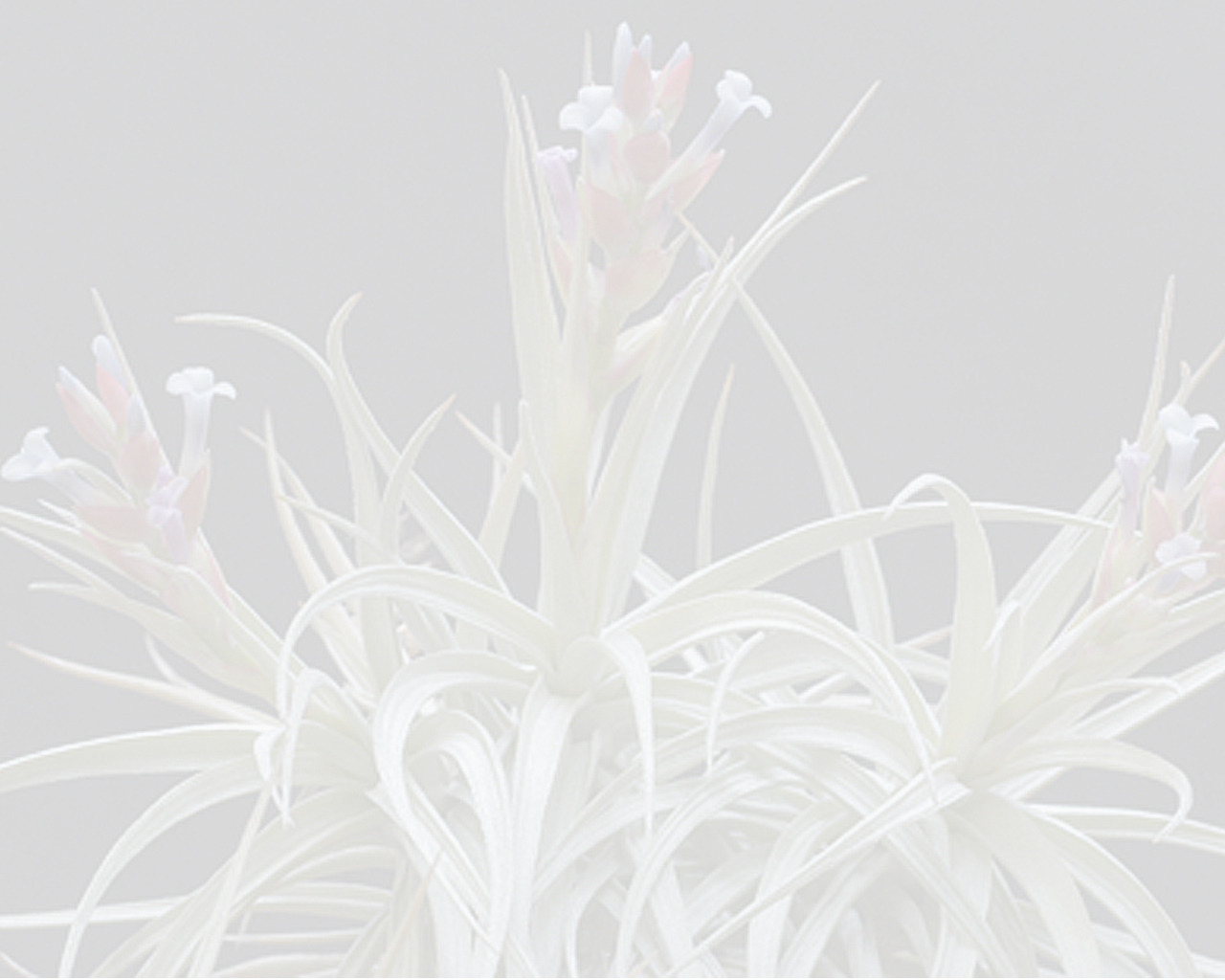



plant short-caulescent, flowering to 12 dm high. leaves about 20, rosulate, 4 dm long, densely punctulate-lepidote throughout, slightly spotted with purple; sheath large, brown; blade narrowly triangular, 25 mm wide, green-cinereous. inflorescence: peduncle erect, slender , twice as long as the leaves, glabrous, nodes tinged with violet; peduncle bracts narrowly elliptic, densely lepidote, the upper ones acute or apiculate, shorter than the internodes, the lower ones long-caudate, longer than the internodes; fertile part laxly twice-branched, distichous, 4 dm long; axes scantly pale-lepidote; primary bracts narrowly lanceolate, scarcely 2 cm long, densely pale-lepidote; spikes very slender, 14 cm long, laxly 25-flowered, distichous, often long-stipitate with sterile bracts at base; floral bracts distinctly nerved, ovate, acute, boat-shaped, scarcely or not at all keeled, lepidote, 4–5 mm long, equaling the sepals. flowers erect, appressed to the rachis, 6 mm long, mostly equaling or shorter than the internodes; sepals obovate, (3.5-)4–5 x 3 mm, lepidote, rounded-apiculate; petals yellow, barely longer than the sepals. stamens and pistil included. fruits cylindric, acute, 16–20 mm long.Edited from (0---1-2019): Smith & Downs 1977. (protologue) Tillandsioideae (Bromeliaceae). in Flora Neotropica.